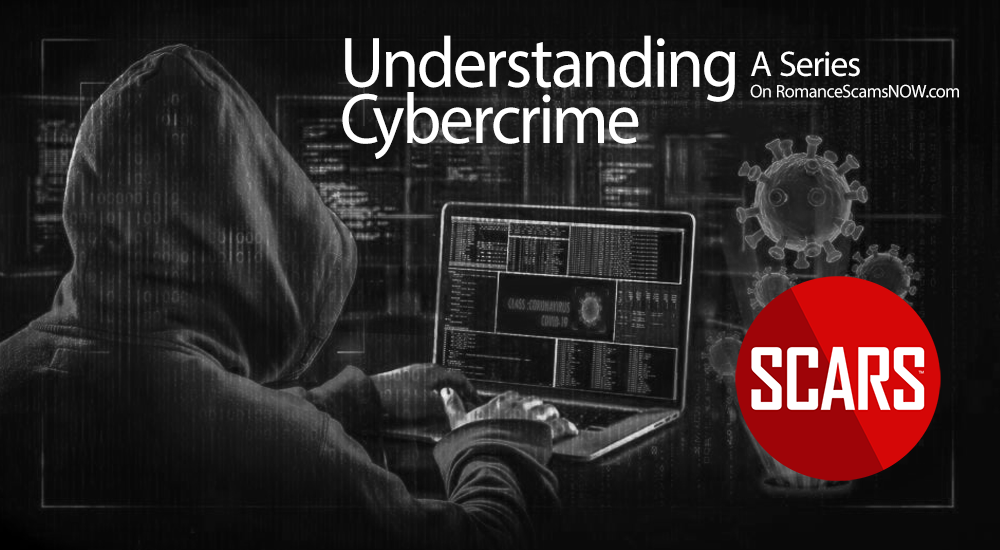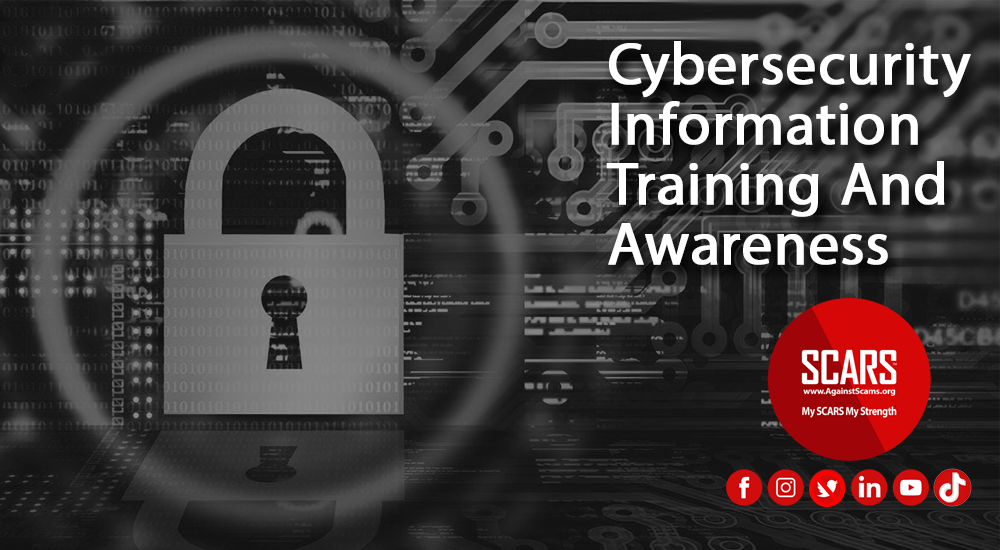In the telling of your stories, what drives understanding are the facts – the truth of each crime and experience.
But what is the truth?
Often, victims tell the story of the crime as though it was a movie plot & dialog, detailing the story spun by the scammers along with the victim’s responses and actions. But is this really the truth?
Many times victims attempt to make sense of the crime by detailing their assumptions about criminal actions, motivations, organization, and techniques. Yet these are not really understood by any victim, certainly not soon after the scam ends. These are assumptions and usually false information.
After the scam ends, many victims try to find meaning and elaborate on their meager knowledge presenting themselves as experts on these crimes. The desire for understanding is so strong that victims convince themselves of facts that are not true, but rather assumed or imagined or heard from other amateur instant experts. Although for many these insights feel right.
However, the truth is far simpler and most often overlooked by victims in the telling of their stories. So much energy is given to the scammer’s side of the tale that often the victim’s own side or truth is diminished and nearly forgotten.
Ironically, this is one of the things that makes listening to their story by their friends and family so very hard. The victim’s stories are saturated with the falsehoods, lies, and drama from the scammer’s side of the narrative, but rarely from the victim’s. The “he” said/”she” said is irrelevant most of the time.
As we have presented in many other ways, we suggest to victims early on to separate out the hard data or facts from the drama and lies of the scammer. None of the scammer’s lies matter in telling your stories. They are just misdirection. They matter to the victim because they lived them, but after the scam, they need to be the first thing thrown away.
So what are the facts? What is the truth?
Simply put it is the reality of what happened during the scam:
- Milestones during the scam
- Any identities – real or otherwise (though fake IDs need to be very clearly identified as such)
- The financial losses – money sent and how and when
These are the basic facts. Notice that none of the dialog or story that the scammers gave was included. It does not matter anymore. It was just lies.
By staying focused on the false dialog victims keep themselves anchored in the mud of the drama and are unable to move forward. Plus it does not matter to the police or to their families. The more the fake story side is told the more others will have a hard time understanding how a victim could have been so misled. It promotes victim blaming, guilt, and shame.
Now for the real truth!
When a victim tells their truth there are a few critical things that must be told:
- How long the scam lasted
- What did the victim feel for this “person” and how devastated they are over the deception
- And what they want to happen next
Now, these are critical, not only for police, friends, and family to understand but also for the victims.
In the first few 2 to 3 months after the scam ends, victims are going through shock, fear, and desperation, so much of what they can share and they think is highly emotionally charged and often misdirected.
This is where victims separate themselves into 3 (three) distinct groupings:
- In denial
- In anger and rage and hate
- In realism and the desire to recover
We have talked about these before, but those in denial will withdraw and pretend it did not happen, does not matter, they are fine and are going to forget about it. This group will tend to have lasting lifetime trauma.
The angry group demands justice and will chase it to the exclusion of their own well-being. They form groups, chase justice, and waste time on exposing or baiting scammers. They do not come to terms with their grief or their trauma and carry it forward throughout much of their lives.
The realists seek professional guidance, find counseling or therapy, and apply themselves to their recovery – though many will give up at various stages in their grief cycle. Those that stay with it and work on their recovery will make it through and have a happier life in their future.
These are the real truth for every victim
Not just what happened but what they are committed to doing about it.
This is what family and friends really need to hear. And other victims too!
Too often victims continue to tell the same stories about what the scammers said derailing other new victims by hearing it. Far too few victims understand what it takes to recover, and instead lose themselves in their denial and anger – using the fantasy and lies as a cover for the devastation inside.
3 Critical Things
As a victim, when you tell your story, tell the 3 critical things and only these, unless someone wants more:
- The basic facts – no lies no drama no fantasy
- How are you feeling – the trauma and grief you are feeling and their effects and symptoms
- What you want or plan to do to help yourself to recover from this experience.
These 3 elements are the essential truth that every victim should include in telling their truth to others.
This is also the most therapeutic way of telling your story to reduce its impact on you and be an inspiration to other victims.
If you can do this, you are on the road to recovery.
SCARS Team
copyright © 2022 SCARS
-/ 30 /-
What do you think about this?
Please share your thoughts in a comment below!
Article Rating
Table of Contents
- What is the Truth? Telling the Truth when talking about your scam!
- In the telling of your stories, what drives understanding are the facts – the truth of each crime and experience.
- But what is the truth?
- So what are the facts? What is the truth?
- Now for the real truth!
- These are the real truth for every victim
RATE THIS ARTICLE?
LEAVE A COMMENT?
Thank you for your comment. You may receive an email to follow up. We never share your data with marketers.
Recent Comments
On Other Articles
- on Dating Scammers Paradise: Ivory Coast: “The Ivory Coast romance scam is still going on. It seems that local authorities don’t handle the issue effectively!” Dec 10, 02:17
- on The SCARS Institute Top 50 Celebrity Impersonation Scams – 2025: “Thank you – we will.” Dec 7, 11:41
- on The SCARS Institute Top 50 Celebrity Impersonation Scams – 2025: “You should add Sean Bean to your list of Celebrities. This one is very good, and persistent. He will be…” Dec 2, 12:07
- on How You Think & Talk About Your Scam Affects Your Recovery: “I have hung on to the scams for far too long. With the intervention of an all-merciful God, I have…” Nov 6, 22:13
- on Disengaging From A Fake Scam Relationship: “Taci, you may want to join our new support community at www.SCARScommunity.org” Nov 6, 03:01
- on Disengaging From A Fake Scam Relationship: “This particular article helped me discover the many things I did wrong the first time I was scammed. I should…” Nov 5, 22:49
- on About the SCARS RomanceScamsNOW.com Website – 24 Years Published: “It was unavailable for a few days, but it is available again. If he would be interested, he is welcome…” Nov 5, 00:59
- on About the SCARS RomanceScamsNOW.com Website – 24 Years Published: “My husband has been scammed and your classes have been helping him but now he can’t seem to access them.…” Oct 26, 14:57
- on Talia Shepard – Impersonation Victim – Stolen Photos – 2024: “Hi, I’m Patrick from Belgium and I found this site by chance, so I just got to know it, and…” Oct 17, 23:46
- on Talia Shepard – Impersonation Victim – Stolen Photos – 2024: “Hallo ik ben Patrick uit Belgie en het is in verband over PayPal. Ik heb het dit jaar spijtig genoeg…” Oct 17, 23:08
ARTICLE META
Important Information for New Scam Victims
- Please visit www.ScamVictimsSupport.org – a SCARS Website for New Scam Victims & Sextortion Victims
- Enroll in FREE SCARS Scam Survivor’s School now at www.SCARSeducation.org
- Please visit www.ScamPsychology.org – to more fully understand the psychological concepts involved in scams and scam victim recovery
If you are looking for local trauma counselors please visit counseling.AgainstScams.org or join SCARS for our counseling/therapy benefit: membership.AgainstScams.org
If you need to speak with someone now, you can dial 988 or find phone numbers for crisis hotlines all around the world here: www.opencounseling.com/suicide-hotlines
A Note About Labeling!
We often use the term ‘scam victim’ in our articles, but this is a convenience to help those searching for information in search engines like Google. It is just a convenience and has no deeper meaning. If you have come through such an experience, YOU are a Survivor! It was not your fault. You are not alone! Axios!
A Question of Trust
At the SCARS Institute, we invite you to do your own research on the topics we speak about and publish, Our team investigates the subject being discussed, especially when it comes to understanding the scam victims-survivors experience. You can do Google searches but in many cases, you will have to wade through scientific papers and studies. However, remember that biases and perspectives matter and influence the outcome. Regardless, we encourage you to explore these topics as thoroughly as you can for your own awareness.
Statement About Victim Blaming
Some of our articles discuss various aspects of victims. This is both about better understanding victims (the science of victimology) and their behaviors and psychology. This helps us to educate victims/survivors about why these crimes happened and to not blame themselves, better develop recovery programs, and to help victims avoid scams in the future. At times this may sound like blaming the victim, but it does not blame scam victims, we are simply explaining the hows and whys of the experience victims have.
These articles, about the Psychology of Scams or Victim Psychology – meaning that all humans have psychological or cognitive characteristics in common that can either be exploited or work against us – help us all to understand the unique challenges victims face before, during, and after scams, fraud, or cybercrimes. These sometimes talk about some of the vulnerabilities the scammers exploit. Victims rarely have control of them or are even aware of them, until something like a scam happens and then they can learn how their mind works and how to overcome these mechanisms.
Articles like these help victims and others understand these processes and how to help prevent them from being exploited again or to help them recover more easily by understanding their post-scam behaviors. Learn more about the Psychology of Scams at www.ScamPsychology.org
Psychology Disclaimer:
All articles about psychology and the human brain on this website are for information & education only
The information provided in this article is intended for educational and self-help purposes only and should not be construed as a substitute for professional therapy or counseling.
While any self-help techniques outlined herein may be beneficial for scam victims seeking to recover from their experience and move towards recovery, it is important to consult with a qualified mental health professional before initiating any course of action. Each individual’s experience and needs are unique, and what works for one person may not be suitable for another.
Additionally, any approach may not be appropriate for individuals with certain pre-existing mental health conditions or trauma histories. It is advisable to seek guidance from a licensed therapist or counselor who can provide personalized support, guidance, and treatment tailored to your specific needs.
If you are experiencing significant distress or emotional difficulties related to a scam or other traumatic event, please consult your doctor or mental health provider for appropriate care and support.
Also read our SCARS Institute Statement about Professional Care for Scam Victims – click here to go to our ScamsNOW.com website.


















Thank you for breaking this down into 3 critical elements, none of which are the lies and deceit. It’s so easy to ruminate in the narrative the criminals crafted, which gives them power and takes away yours.
I can see now where I went wrong when trying to share my story with a trusted person. But to be fair this person went out of their way to put me immediately on the defensive rapid firing question after question at me and then using derogatory language that made me feel less than human. I really have never had the opportunity to share my story because of this experience. I just shut down because this person really didn’t want to know. Not only that they really didn’t care and really thought the worst of me. And this was a person who always told me how she prized my friendship. There is one other thing I can suggest for this article. Timing is crucial. Choose the time to share wisely and stick to the three critical things as outlined in this story. I think that’s what I did when I shared with my husband. I was so afraid about sharing the financial loss and not wanting to share the romance side of the story so much that I stuck to telling the truth without drama, how I feel about what happened, how it has affected me and how I want to recover. His response is the only one that is truly important to me.
Looking back, my scammers story seems so hard to believe now. It was all fake. All of it.
Um artigo excelente para quem quer contar a sua história sem detalhes desnecessários e em certa medida dolorosos para quem os está a escrever.
Telling one’s story is difficult. The 3 critical things outlined in this article are extremely helpful.
This is a wonderful guide in hitting key points when telling my story, thank you